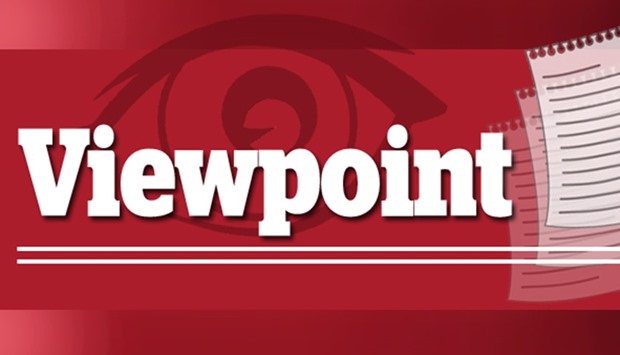In the US state of Minneapolis, hues of blue and yellow form the face of a George Floyd mural, with a resolution to his last words scrawled against the purple of his sweatshirt: “I can breathe now.” Radiating from the halo cast by a sunflower standing prominently behind him are the names of those who passed before him, all too soon: Breonna Taylor, Sandra Bland, Tamir Rice – and the list goes on.
The country erupted in outrage following the death of Floyd by police on Memorial Day in Minneapolis. Protests flooded the streets and chants ran clear through the night across states at the sheer horror of the death of the 46-year-old Black man who died when a police officer pressed his knee against his neck for nearly eight minutes, ignoring pleas for him to stop.
But along with those protests, rallies and marches, art has formed. Just as Floyd’s yellow, blue and purple mural appeared at the place of his death, so have thousands of others appeared across the country and the world.
In Houston, his hometown, Floyd’s image is accompanied by thick white angel wings; a halo floats above his head forming the phrase, “Forever breathing in our hearts.” Similar wings follow him to Dallas where his image expands across the boarded windows of the Dallas Chop House; a painted banner remains blank for viewers to decide the message for themselves.
At a time when the video of Floyd’s death has been so heavily circulated, people see not the reflection of a police officer’s knee on his neck but the reflection of the strength in his face. They choose to remember Floyd in life rather than death. These pieces memorialise the life of a man whose time on Earth was cut too short. His face has become a symbol of the injustices of the world, a reminder that Americans are still a long way from the country they have dreamed of.
And the art goes further than the image of Floyd’s face. His power has manifested itself in messages of empowerment that line the boarded windows of shops in Dallas. Images of unity and calls for justice stand prominently as members of the Dallas Army of Artists continue to work with local businesses to cover the wooden planks that line their stores in precaution of damage and break-ins amid unrest.
Art has long been a part of struggles against inequity and oppression. It’s a powerful and universal language that transcends all barriers and informs people from all walks of life. It humanises the struggle and connects with people emotionally in a way that organised protest cannot replicate. Even small endeavours go a long way in injecting meaning that cannot be formulated by speeches or explanations.
Take Dallas’ giant eyeball sculpture, which sits outside the Joule, a five-star hotel. “NOW UC US” was spray painted at the bottom of the piece along with Floyd’s initials and last words, “I can’t breathe.” One doesn’t need to support the spray-painting of private (or public) property to understand that this was a powerful statement. It made visible the frustration exacerbated by injustice that can no longer be ignored. And as a result Eye has made its way into other murals across the city as symbolism signifying that change is coming.
Most importantly, however, art never lets us forget. – Tribune News Service



